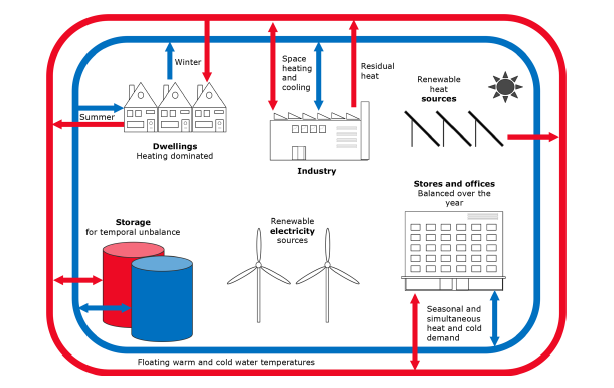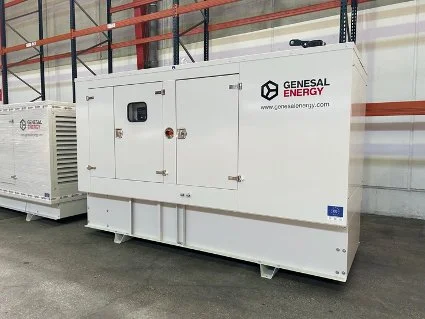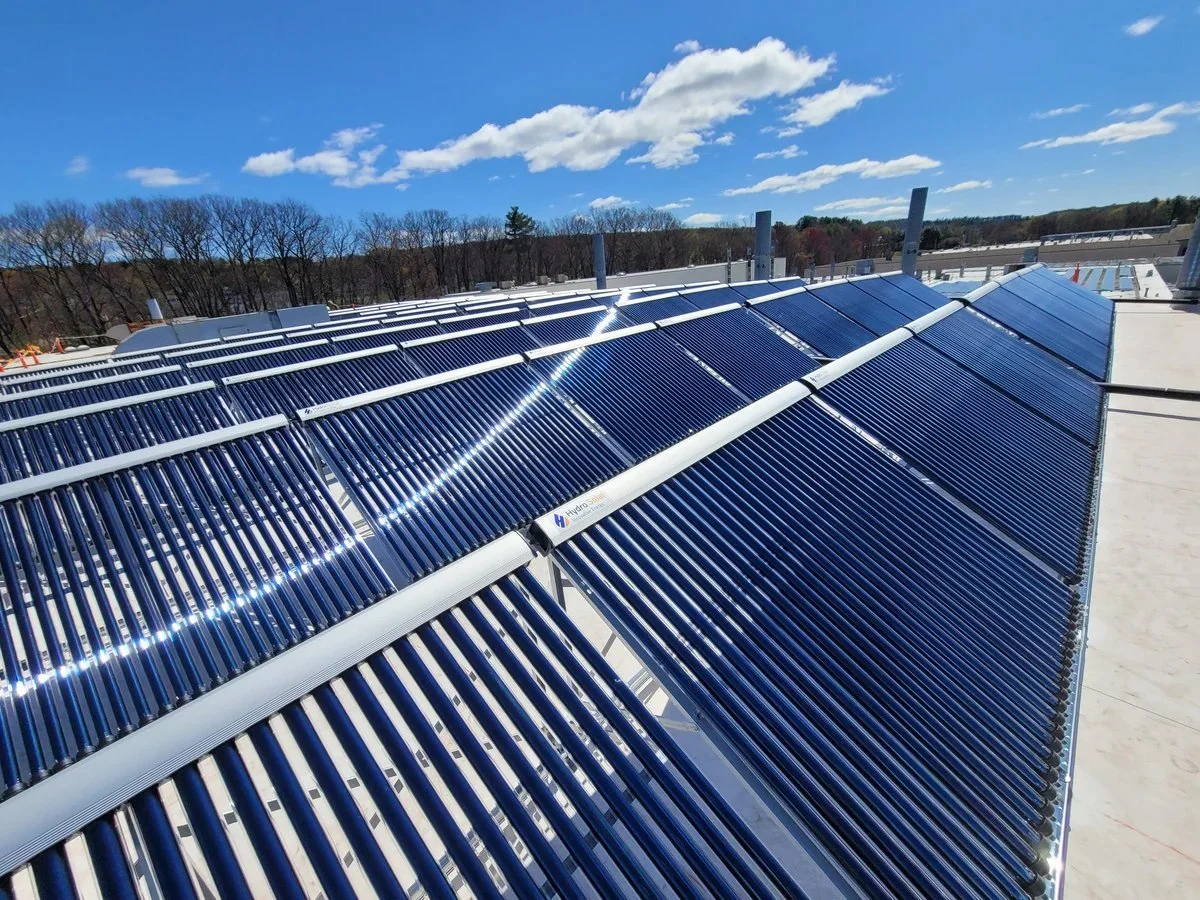
By Design Tech Solutions — Delivering Renewable Heat Through Smarter Design
Introduction: Using the Sun to Power Heat Networks
Solar thermal systems capture energy from sunlight and use it to heat water. When integrated into heat networks — particularly for domestic hot water (DHW) — they can significantly reduce reliance on gas or electricity.
At DTS, we help design solar thermal arrays that complement your generation strategy, work in harmony with other sources, and support long-term carbon reduction targets.
When Is Solar Thermal a Good Fit?
Summer DHW Demand
Solar thermal performs best when DHW demand is high and space heating is low — often in summer-dominant use profiles.
Residential-Led Schemes
Housing developments and student or care accommodation with predictable DHW loads are ideal candidates.
Projects Seeking BREEAM or PSDS Points
Solar thermal supports renewable energy targets and can increase project eligibility for funding or accreditation.
Sites with Good Roof or Ground Space
Arrays need unshaded, south-facing roof areas or adjacent land for optimal output.
Benefits of Solar Thermal in Heat Networks
Reduces Primary Energy Demand
Captured heat reduces the need for additional fuel or electricity input.
Cuts Carbon Emissions
Using energy that would otherwise be lost supports decarbonisation goals.
Improves Overall System Efficiency
Better use of thermal energy within buildings or campuses.
Can Lower Operating Costs
Especially where waste heat is "free" or already being expelled into the environment.
DTS Approach to Solar Thermal Design
Array Sizing & Positioning
We assess roof/land availability, shading, and panel efficiency to determine array size and output.
Integration with DHW & Heat Store
We design circuits and control logic that allow the solar input to preheat DHW or charge a buffer.
Fallback & Hybrid Logic
We implement control systems that switch to backup when solar yield drops.
Connection Detailing
We specify pipe runs, pumps, and insulation to maintain efficiency from panel to store.
Funding-Ready Documentation
We provide layouts, yield forecasts, and technical specs for PSDS or planning submissions.
Ideal Applications
Housing-led developments
Student accommodation and schools
Care homes and assisted living
Buildings with year-round DHW demand
FAQ
Put the Sun to Work
Solar thermal works best when it’s part of a bigger plan. DTS helps integrate it into your network strategy — maximising renewable heat without overengineering.
RELATED READS
Explore our detailed guides on designing effective, future-ready district heating systems. Each article is written to help clients, developers, and stakeholders understand what great network design looks like in practice.







